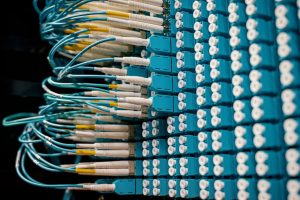Subsea Cable Repairs and Maintenance: Trends and Challenges

There are constant headlines about high-profile cable breaks, especially around the Baltic Sea and Taiwan, but repairs play a crucial role as well.
Ingrained processes and contingency plans are key in restoring service on subsea cable systems. Repairing cables is essential for a cable-dependent society, and the process has evolved significantly.
Modern cable repair involves a specialized repair ship that retrieves damaged cables from the ocean floor using a hook. The damaged section is replaced with spare cable, allowing for a smooth recovery of services.
Repairs vary in speed, influenced by the global cable ship fleet’s availability. In a recent incident near Taiwan, a cable break in January was repaired by March, showcasing swift recovery.
You Don’t Hear About Most Cable Faults
As of early 2025, there are over 1.48 million kilometers of submarine cables globally, with around 200 repairs needed annually. Most users follow a network redundancy approach, mitigating disruptions when cable faults occur.
Fishing vessels and ships dragging anchors are primary causes of cable faults. Environmental factors, like those affecting Tonga, emphasize the importance of resiliency in cable systems.
Maintaining Subsea Cables Worldwide
A study projects a 48% increase in cable kilometers by 2040 due to bandwidth demands, but many cable maintenance ships will reach the end of their service life. To address these challenges, a $3 billion investment is needed for new ships to sustain service levels.




